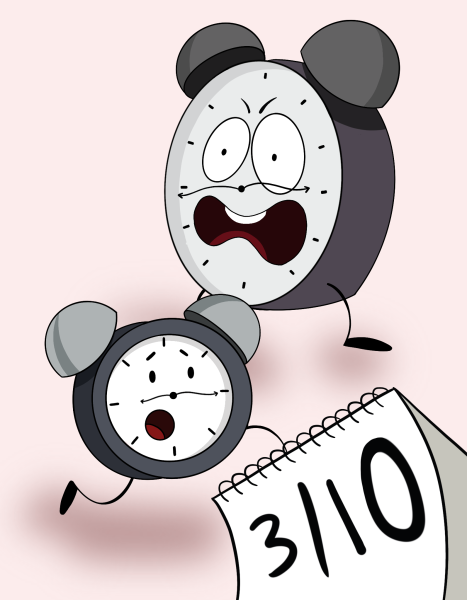Halloween Traces Roots to Emerald Isle
October 10, 2017
With Halloween approaching, many are scrambling for costumes and candy. Few, however, stop to consider the origins of the holiday itself.
For Ireland’s ancient Celtics, November 1 marked the advent of harvest time. October 31 was a day on which the veil between the world of the living and the realm of the dead was easily broken. Ghosts were believed to return to the world to cause mischief and tell of natural events to occur in the impending winter.
Celts both welcomed and feared October’s spirits. To drive out the spirits before harvest time, Celts lit bonfires and shielded themselves from ill-meaning spirits with the skulls of the Irish dead. They also disguised their own identities, sporting animal skins and dancing ritualistically around fires.
Originating as protective anonymity, masks evolved into elaborate costumes. As the use of skulls grew out of fashion for decoration, illuminated squashes and radishes replaced human remains. Perhaps most famous of Halloween symbols, the modern Jack O’ Lantern draws its roots to the often O’-named Irish people, who grew the tradition from the story of a man named Jack.
A miserly and thrifty man, Jack twice tricked the devil into waiting to steal his soul. At the expiration of the devil’s 2nd attempt, Jack trapped him beneath a cross, refusing to release him until he vowed to surrender his nefarious efforts. On Judgement Day, neither Heaven nor Hell accepted the crafty Irishman. Jack was allotted a piece of coal and a carved turnip as a lantern. Caught between the two worlds, he is said to have been wandering the Earth ever since.
As immigrants traveled to America, so traveled their traditions. While Halloween crossed the Atlantic with the Irish, Protestants rejected its pagan nature. Though Protestants attempted to diminish its importance, Halloween caught on in the Southern American colonies. Southern women adopted the holiday’s spirited aura by beginning to use October 31 as a day on which to perform rituals for determining their future husbands.
Halloween festivals became common, encouraging children to go from door to door seeking 1st food, and later, treats. Halloween became less dark as its spiritual origins became obscured by the colorful candy and jubilant costume-buying of a consumer-driven American culture.
Nowadays, Halloween presents a rare opportunity to live to extremes, posing as someone or something other than ourselves, and consuming inadvisable amounts of Skittles and Twix. From supernatural to materialistic, Halloween has transcended its Irish origins to become a thoroughly American tradition.


